As the smart grid evolves, electrical utility companies are using various communication technologies to efficiently connect the distributed energy resources, energy storage systems, remotely located substations, and other assets. Ideally, this should provide a reliable, high-speed, and secure network with the capacity to transmit all the information. Towards this, some utilities have installed fiber-optic networks. These provide fast, secure, and reliable communications immune to a wide range of noise and interference usually present in electrical systems.
However, deploying and maintaining the fiber optic cable infrastructure is expensive, difficult, and almost not practical especially when you have several widely separated remote facilities. For example, the technology providers must get the right-of-way which could be a big challenge when passing through private spaces. Additionally, for remote locations in places far from the central control or common network, the challenges may not justify the costs and difficulties. As such, it becomes impractical in far remote places and especially if the capacity of electrical energy from that area is low.
To overcome some of the challenges associated with fiber networks, utilities are increasingly adopting cellular communication. Today, fast and reliable wireless networks are readily available for the industry and smart grid providers, or its is easier and less costly to deploy compared to fiber. Generally, other than the very remote areas, high-speed cellular wireless infrastructure For this reason, cellular industrial routers are increasingly becoming critical components of substation automation. These devices provide the necessary technology to link the remote facilities to a utility’s network through a wireless WAN.
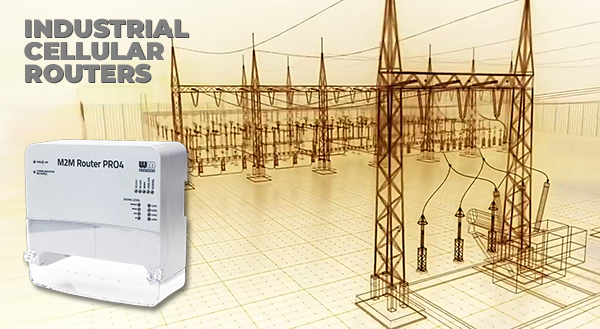
Electrical utility companies and other stakeholders need to ensure that they offer cost-effective and reliable energy to industrial, commercial, and domestic consumers. As such, modernization of the grid and automating a wide range of tasks is critical across the entire electrical energy ecosystem. This not only guarantees meeting high consumer expectations and good revenues but also better asset utilization. Further, the increasing renewable energy and storage systems necessitate a two-way power flow that requires reliable monitoring and control technologies.
Usually, physically accessing and manually managing remote substations, generation-, and distribution assets is often costly and difficult, especially when spread across long distances. This makes it difficult and expensive to monitor and control the assets hence reducing the efficiency and reliability of the electrical power systems.
As utilities and other stakeholders in the electrical energy ecosystem seeks ways to optimize the systems, improve efficiency and reliability, they are increasingly adopting the smart grid. Digitization involves interconnecting the various generation, transmission, and distribution systems to a central control system that can monitor and manage the system in almost real-time. Consequently, this reduces operational costs while improving the power quality, reliability and efficiencies.
Communication plays a major role in providing a medium over which to exchange data and monitoring and control signals between the various grid assets. By enabling the flow of information between the different components of the smart grid, the communication technologies enable the energy stakeholders to optimize the systems and efficiently manage demand and supply.
Other benefits include streamlining their billing systems, generation, and distribution while maximizing resource utilization and improving revenues. Further, automating facilities such as substations is critical in improving the speed and ability to detect, predict and address faults, forecast load changes, and facilitate the demand response.
Substation automation involves the use of various hardware and software components to monitor and control the electrical facility locally and remotely. In practice, this automates most of the time-consuming, repetitive, and error-prone tasks hence improving the operations, power delivery, reliability, and efficiency.
Substation automation relies on a wide range of hardware and software components.
The IEDs comprise single or multiple microprocessors with communication capabilities to send and receive data and control signals to or from digital relays, smart meters, and other external sources. Typical IEDs include microprocessor-based digital protective relays and digital meters that can measure, record, and communicate the system parameters to a central server.
Generally, the IEDs contain valuable operational and non-operational data useful to different teams and user groups within the utility. Consequently, the IEDs and associated devices enable the utilities to improve operations, reliability, efficiency, preventive maintenance, and revenues.
The substations rely on the SCADA systems, which is usually an enterprise-level software solution to monitor and control various activities within the facility based on the information it collects.
Emerging SCADA deployments involve connecting multiple substation-specific devices and equipment such as IEDs, protective relays, RTUs, data loggers, metering equipment, and others to a common and secure network.
Usually, the system runs on a network of several substation-rated layer 2 ethernet switches for local communication. The SCADA system then uses highly secure layer 3 industrial routers to link the facility to the utility’s wide area network while protecting the assets against cyber-attacks.
Two-way communication supports the exchange of data between devices within the facility, and externally between the head-end system and substations, smart meters, generating and distribution systems. As mentioned above, the SCADA systems use the layer 2 and 3 networks to communicate internally and externally respectively.
In a typical installation, the rugged fast cellular industrial routers provide a secure connection between the remote location and the central control location. All the traffic is channeled through a secure encrypted WAN link hence minimizing the risks of cyber-attacks.
Usually, the cellular industrial routers provide a flexible, reliable, secure, and cost-effective communication solution that enables utilities to automate their substation monitoring and control activities. It eliminates the need to deploy costly fiber optic connections which in addition to deployment difficulties are also prone to physical damage and costly maintenance.
Modern industrial routers such as the M2M PRO4 are suitable for connecting remote distribution automation, SCADA, and metering applications to a common and secure utility-run network. Besides the substation, the router is also suitable for linking the remote renewable energy generation facilities to a utility-run network.
While the utility companies traditionally relied on physical communication infrastructure such as fiber optic cables, they are gradually moving towards cellular networks that are cheaper, easier to deploy and scale. Modern wireless technologies are offering more flexibility and cost-effective communication solution suitable for a wide range of applications.
Other benefits of the wireless networks include;
The compliant, cost-effective, and reliable routers such as the M2M PRO4 industrial cellular routers provide utilities with a cost-effective, secure, and easy to deploy communication solution that allows them to reliably link their remote assets to the central control platform. In particular, the solutions enable the link of the various key components, including the remote energy generating plants, distribution automation networks, metering, and substation SCADA networks and other components to a central monitoring and control system.
An industrial cellular router is a communication device that uplinks the data from fiber, ethernet, or other physical networks through a secure wireless cellular WAN. It then routes the data to a PSTN via the preferred or existing 2, 3 or 4G network service that a user chooses. Modern industrial routers are intelligent devices that support sending data at high speeds hence allowing the transmission of large amounts of information at lower costs.
Generally, industrial routers provide a flexible and scalable communication solution that allows utilities to modernize the grid. It enables the utilities to link their generation plants, the transmission HV/MV, and distribution MV/LV substations to a common network via wireless networks. This enables the utility companies to remotely monitor and manage the generation and consumption as well as the power delivery.
Besides working as the primary communication devices linking the substation to the utility’s control room, the industrial cellular routers can work as a backup in locations with an already existing fiber network link. In case the fiber cable connectivity fails, they can switch over to the wireless connection hence minimizing the downtime. An automatic fail-over ensures a high fault tolerance level while preventing loss of communication between the remote substation and the control center.
The M2M PRO4 is a rugged and robust industrial router that provides a secure, reliable, and fast connectivity solution between the remote substations and utility control rooms. In particular, the M2M PRO4 is one of the best industrial cellular routers suitable for demanding substation automation applications. The routers are built to provide the highest level of cybersecurity hence ensuring the protection of all the data and connected assets.
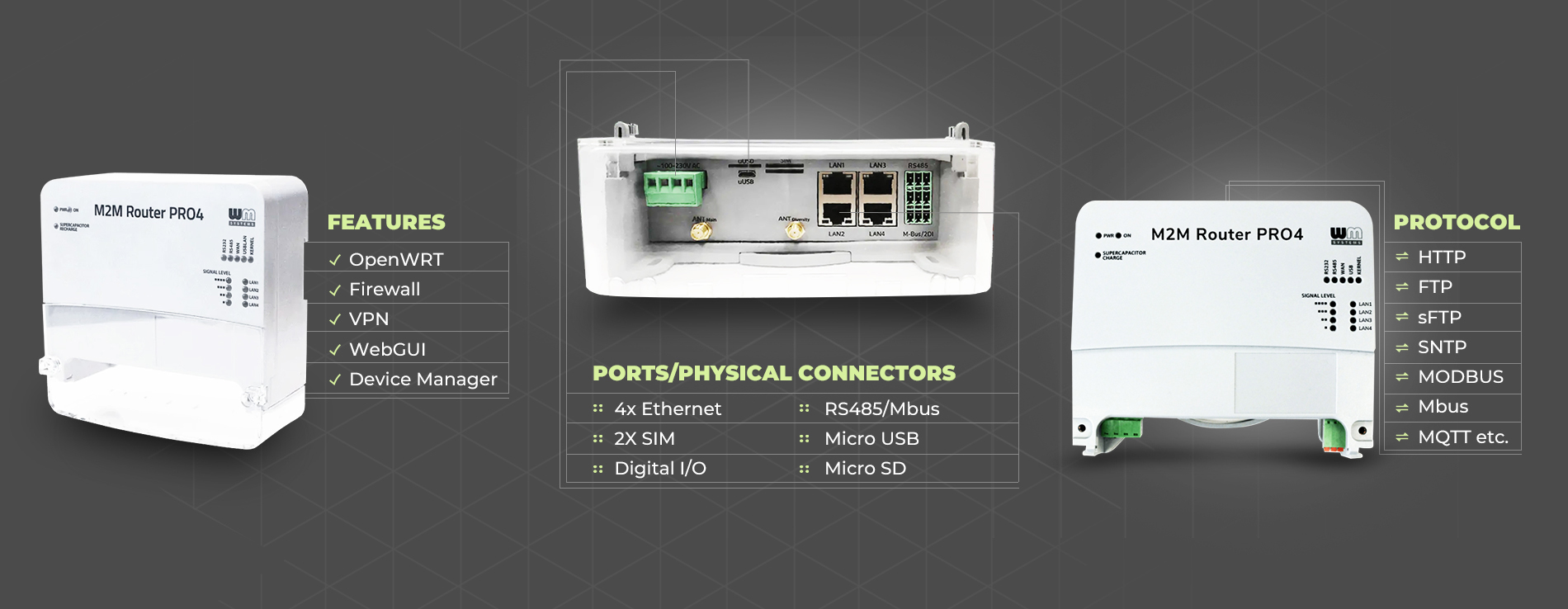
Key features include
Despite the high speed, noise immunity, and other benefits fiber networks offer, it is expensive and sometimes difficult to install in some environments. On the other hand, the industrial wireless routers can connect the remote facilities to the utility’s control center and provide low latencies and capacity like the fiber networks.
Wireless cellular communication has the potential to increase the adoption of substation automation. Towards this, leading automation technology companies, such as WM Systems, are providing industrial routers to facilitate the adoption and transition from rigid fiber to more flexible multi-purpose wireless networks.
For more details, check out the M2M cellular industrial router and other industrial automation devices.
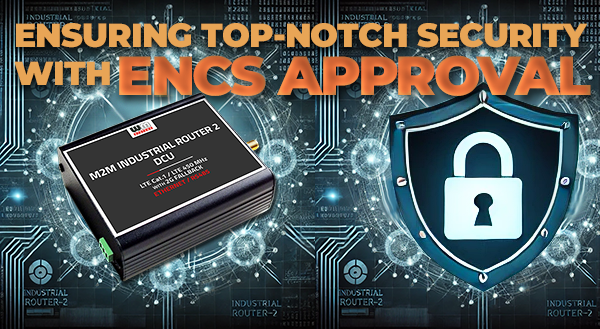
A Testament to Compliance with Key Cybersecurity Standards

We are thrilled to announce that Ali Mouslmani has joined WM Systems as our new partner in the United Arab […]

Introduction In the rapidly evolving world of industrial automation and IoT, the demand for compact, versatile, and efficient communication solutions […]

Introduction The fourth industrial revolution, or Industry 4.0, is redefining the landscape of industrial operations. Key to this transformation is […]

The group of WM Systems LLc.

Solar plants and farms are complex systems with a variety of equipment that needs to be monitored and controlled. This […]

Industrial settings are replete with equipment that demands efficient connectivity solutions. With the rise of the Internet of Things (IoT) […]
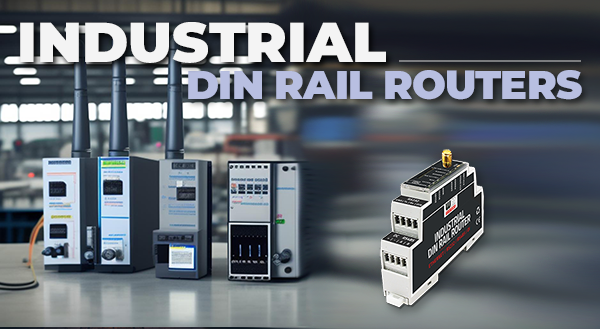
DIN-rail mountable industrial routers are an essential component of many industrial applications. They provide a reliable and secure way to […]
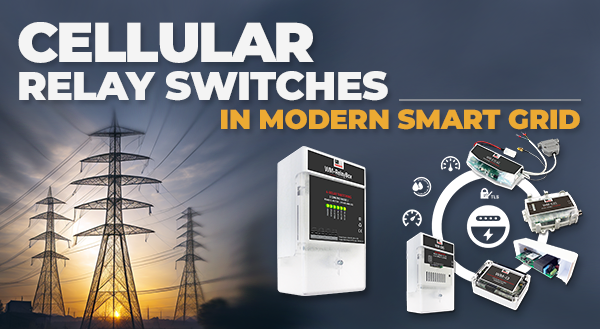
Make the modern smart grid more secure, resilient, and sustainable
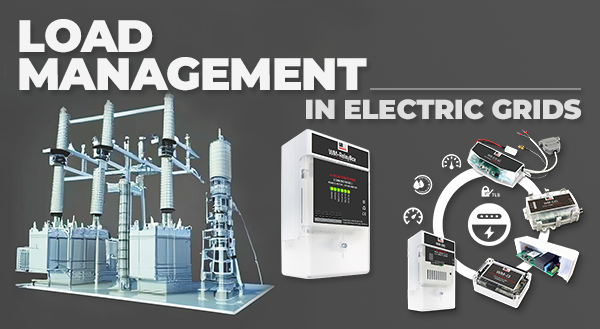
In today’s dynamic world, understanding the nuances of electrical energy management has never been more crucial. A distinct feature of […]
